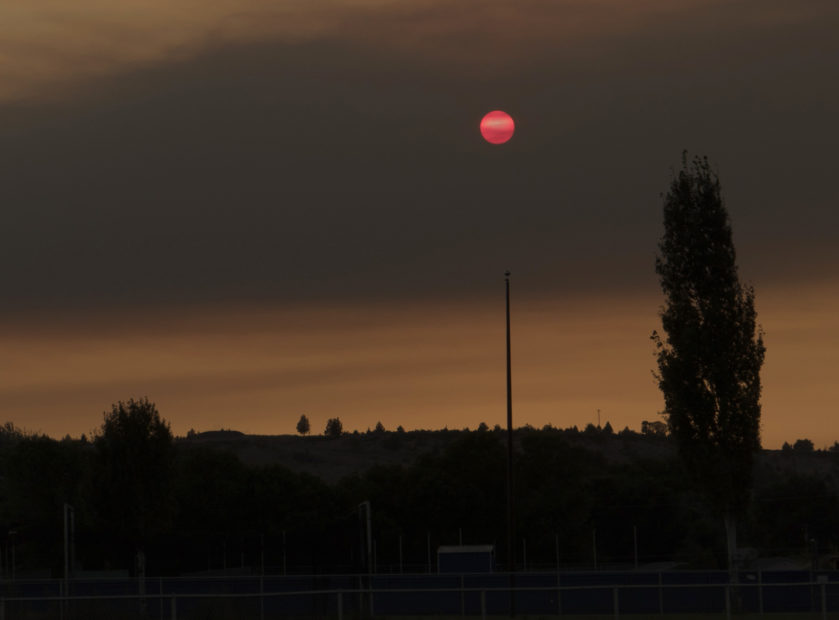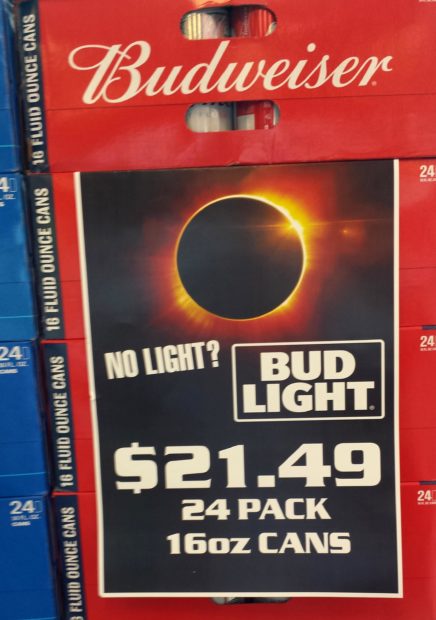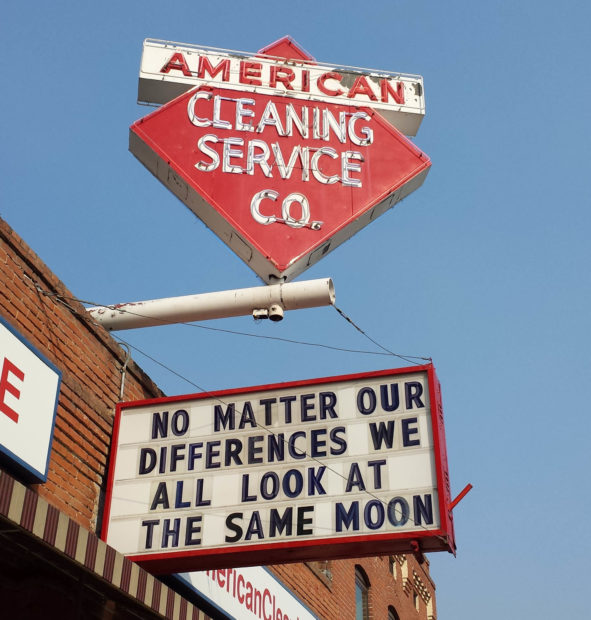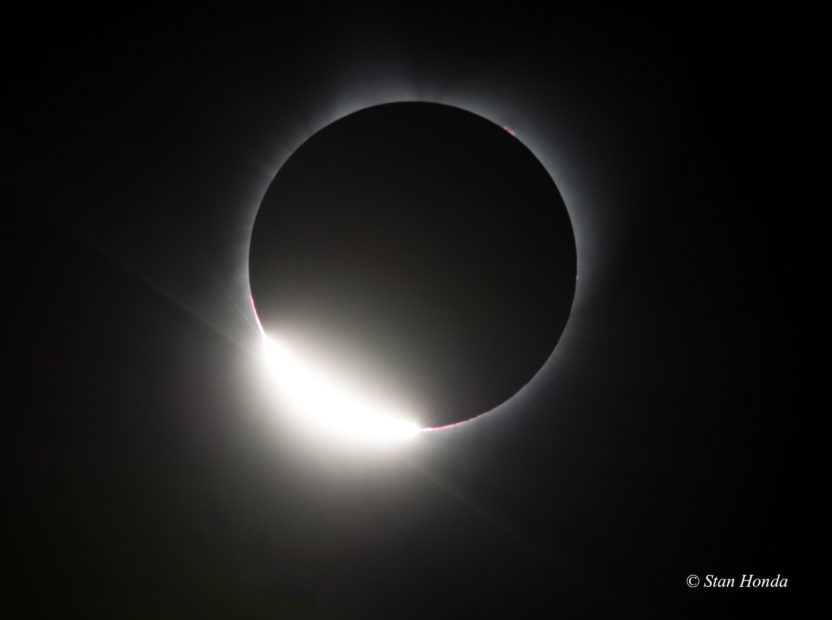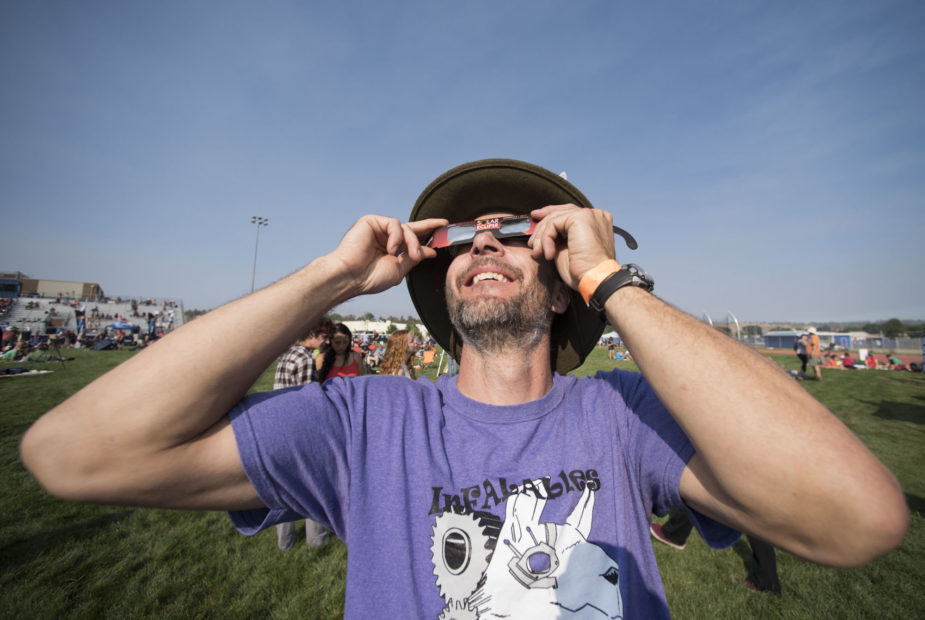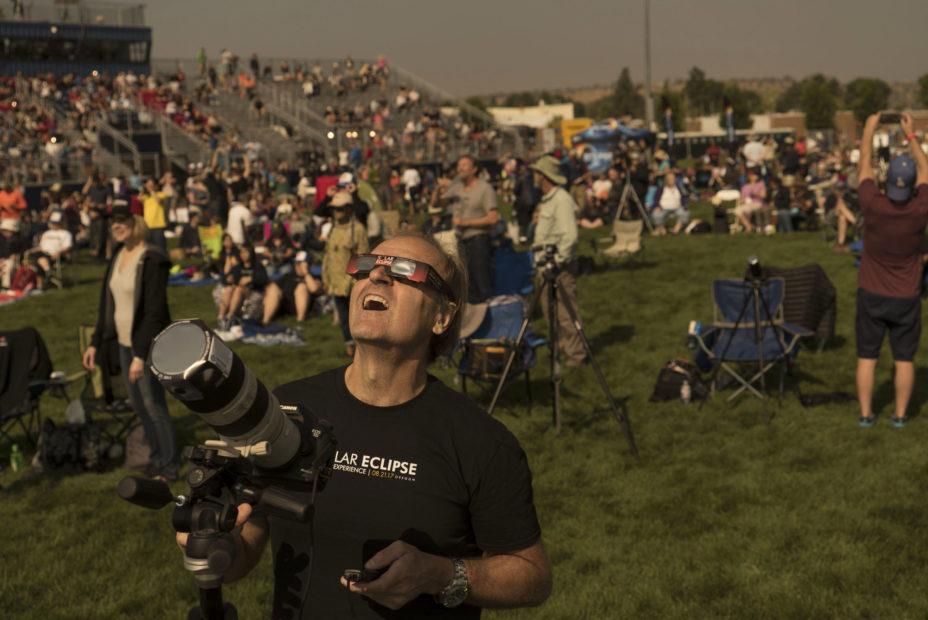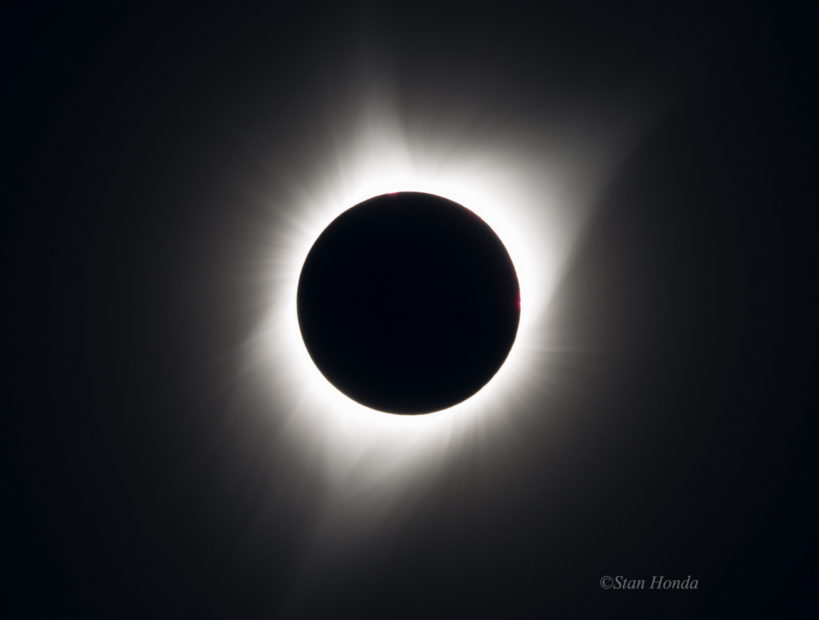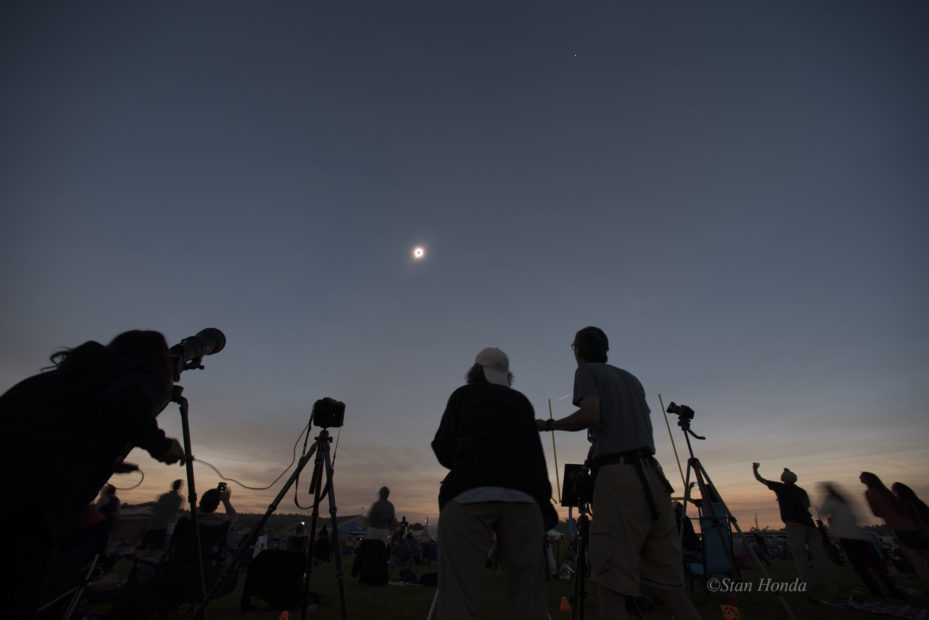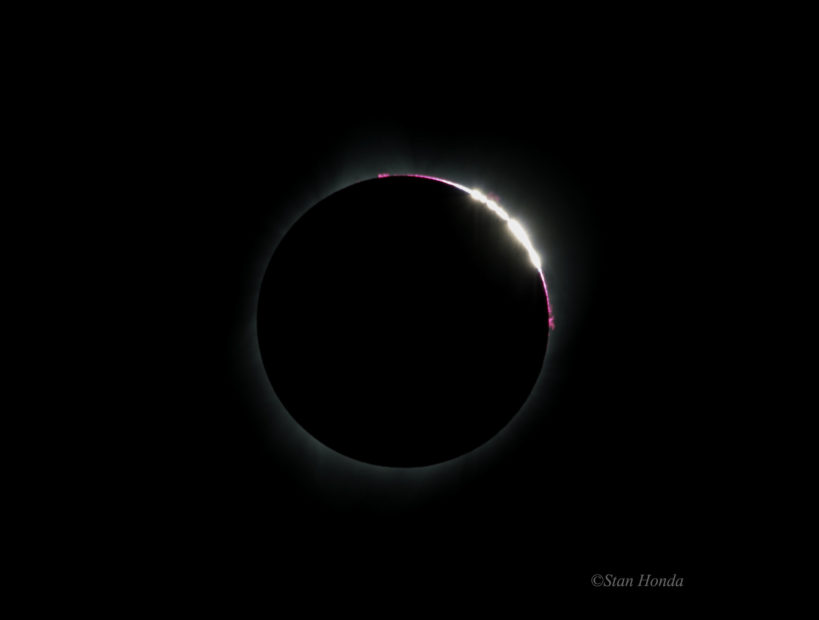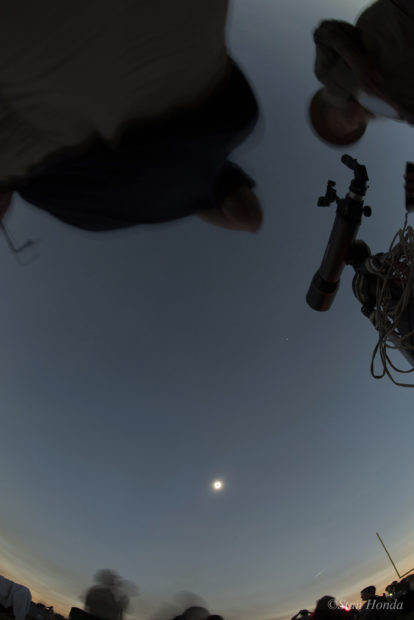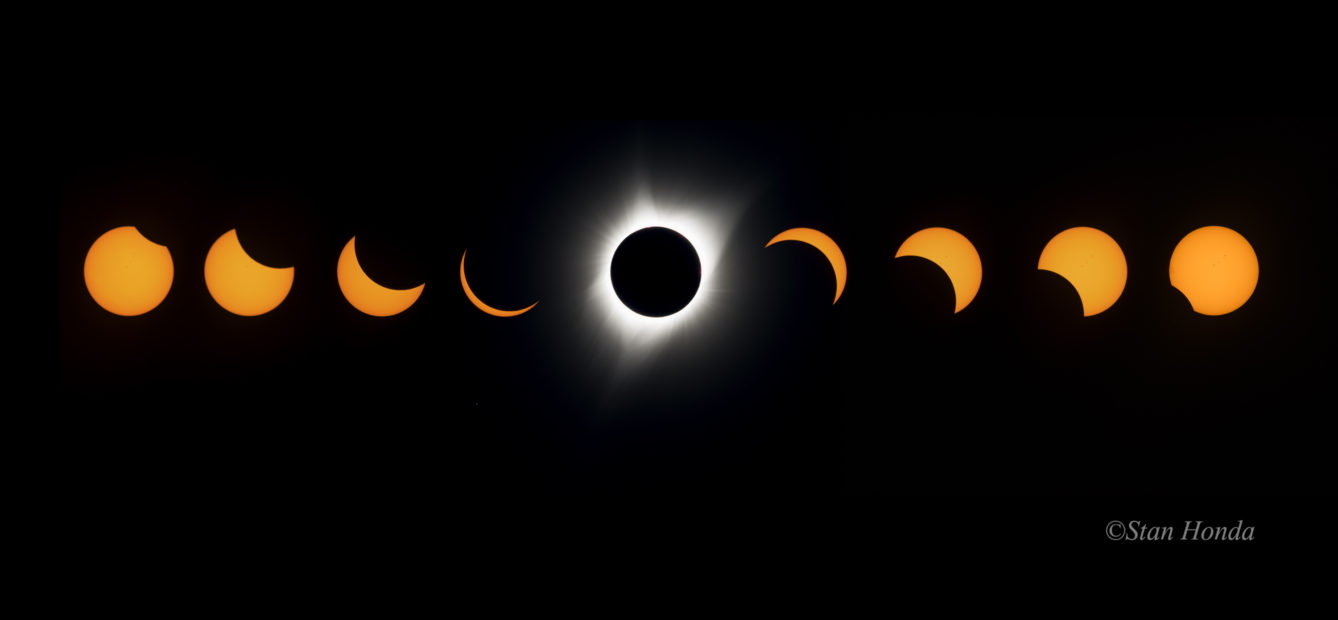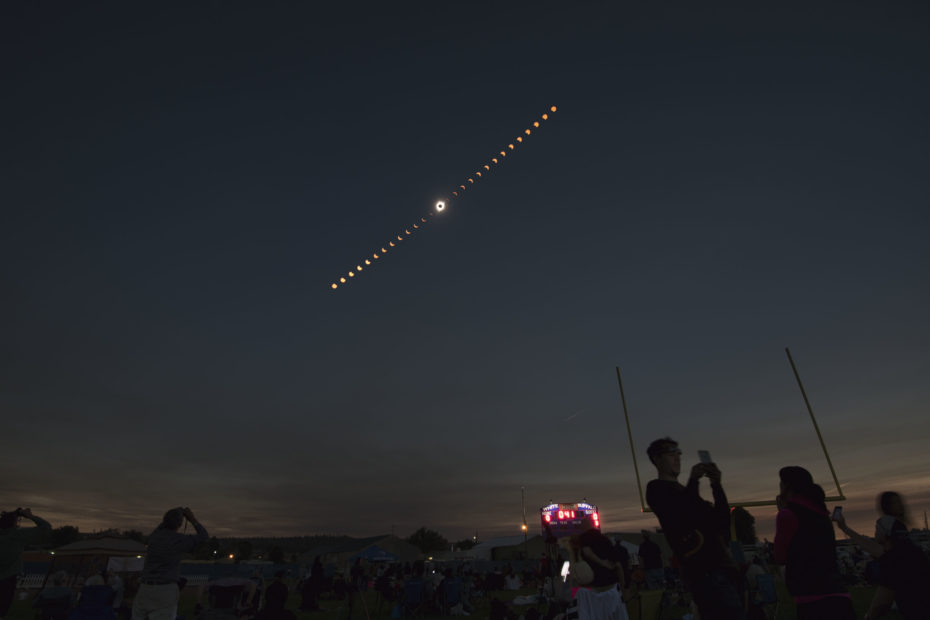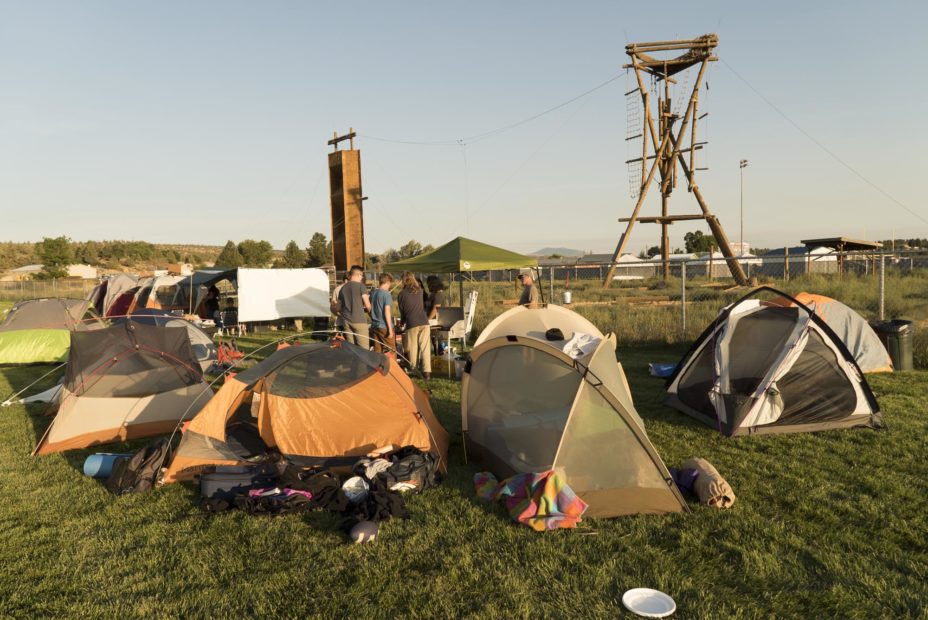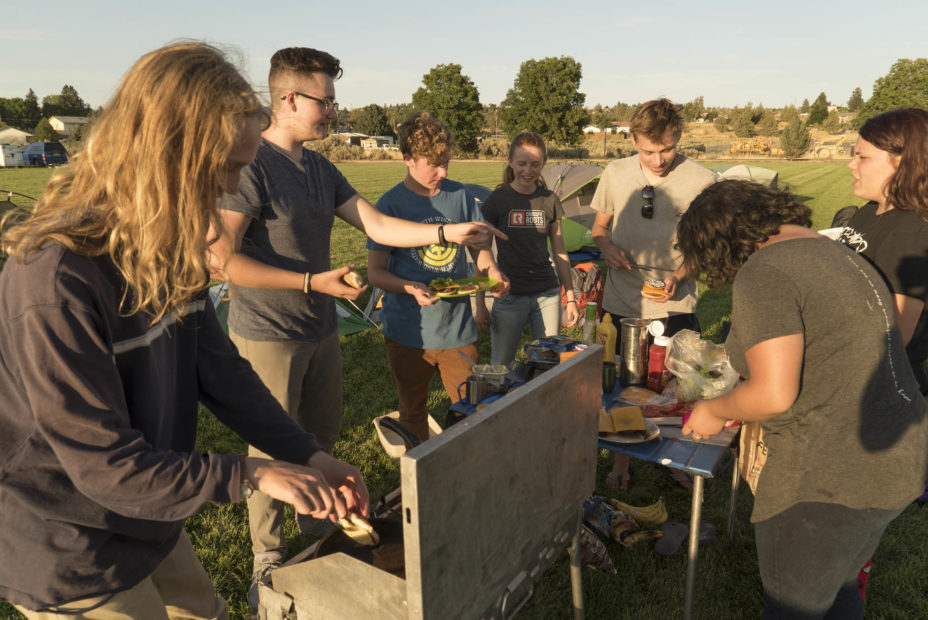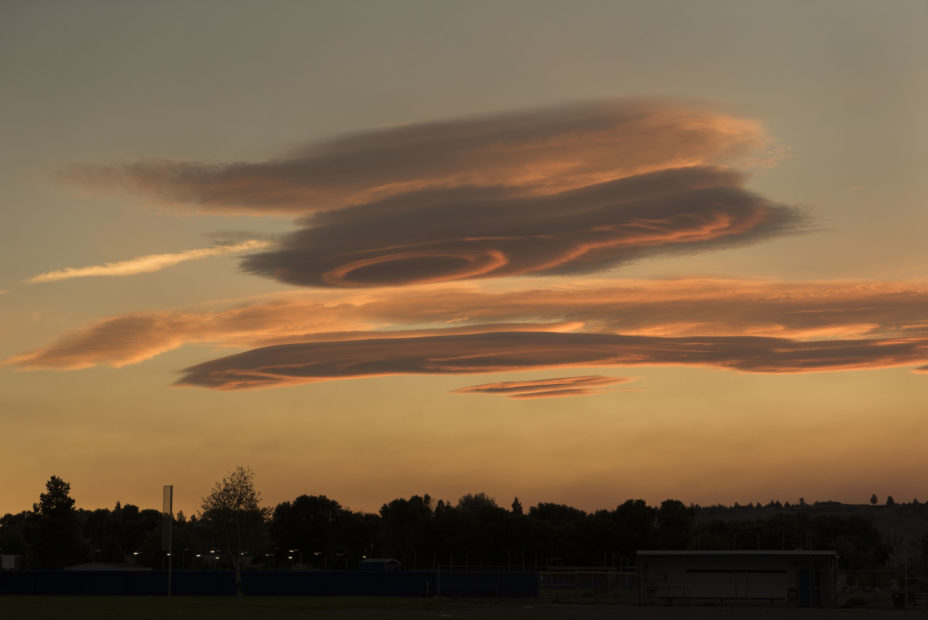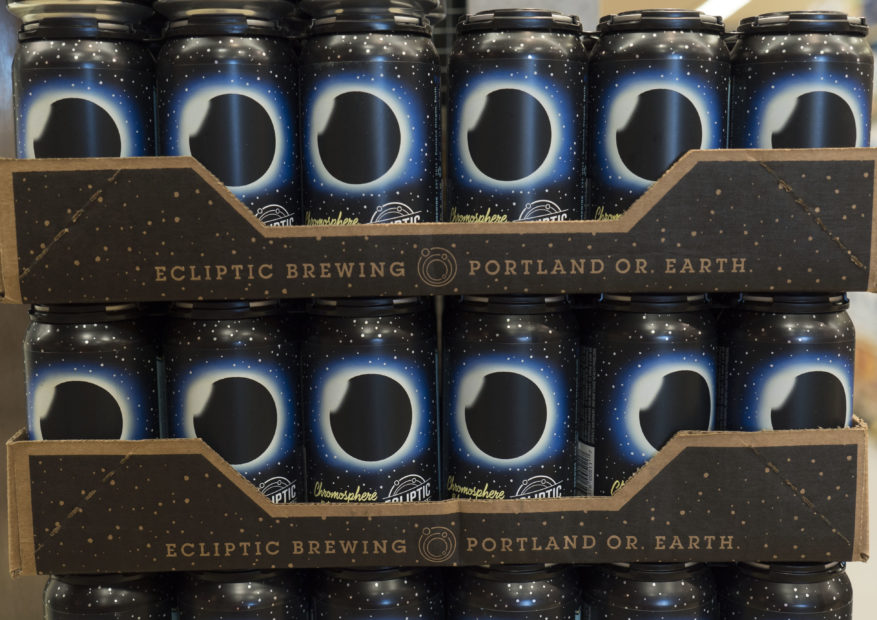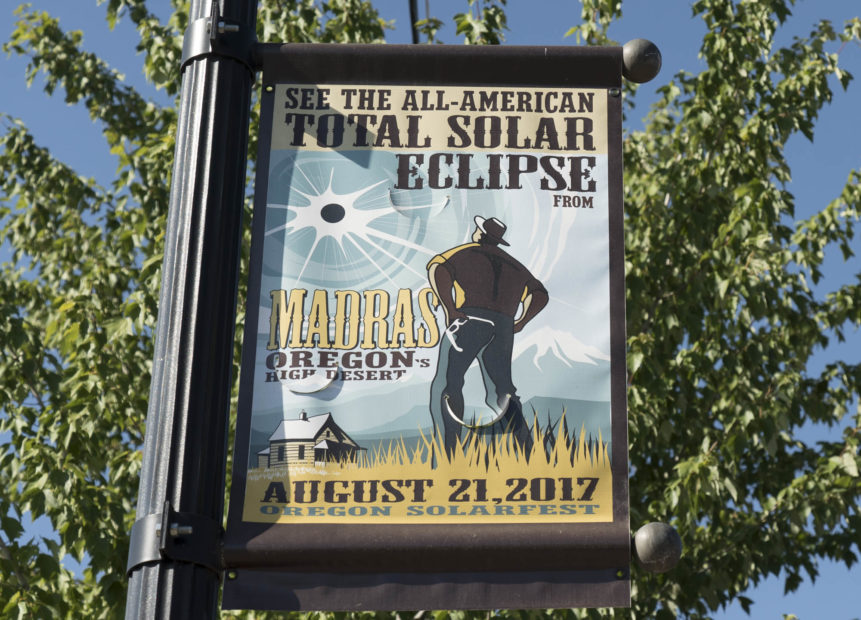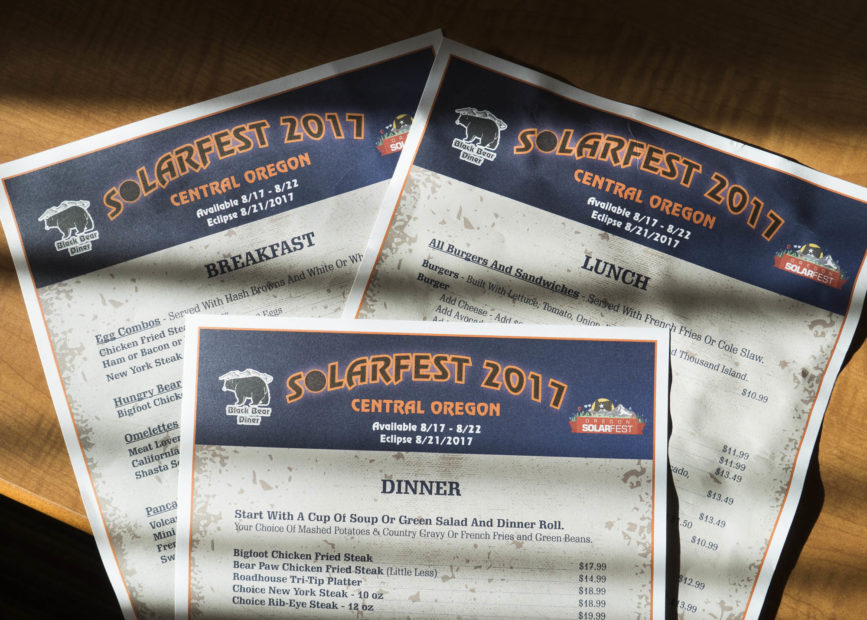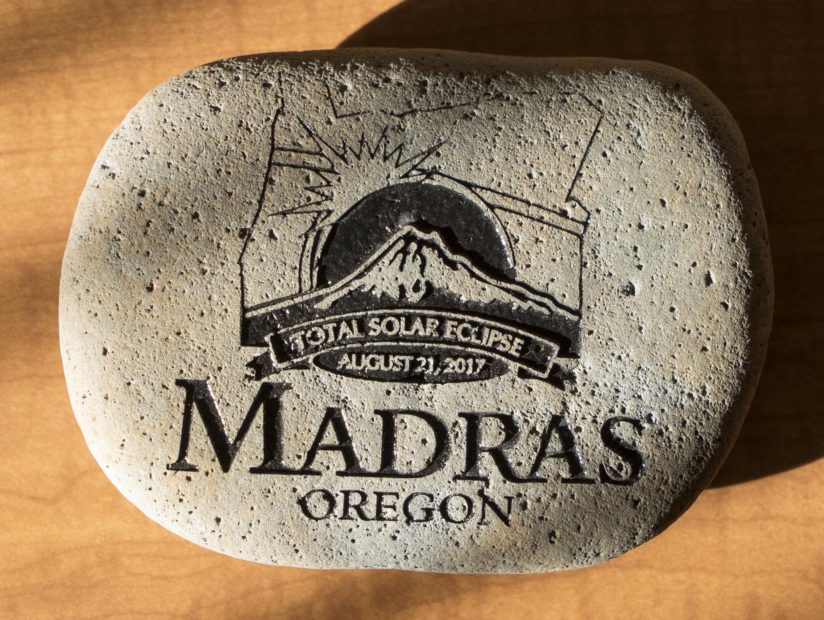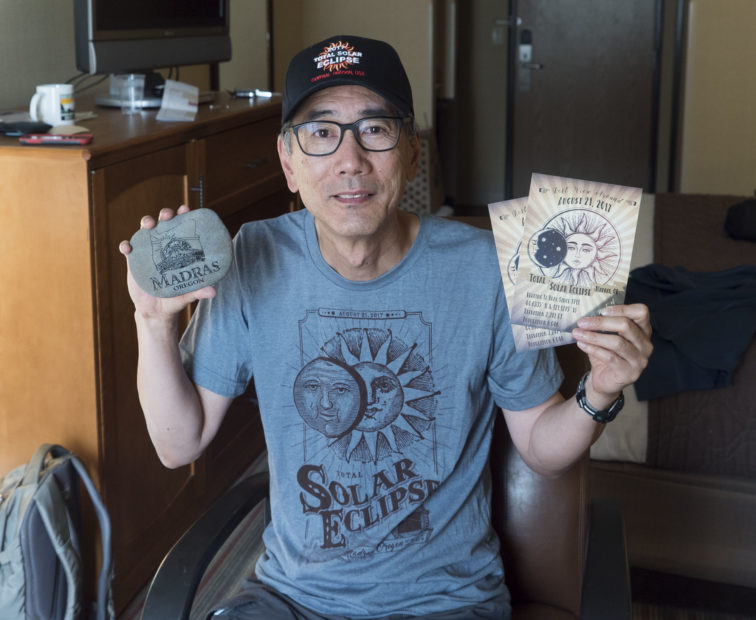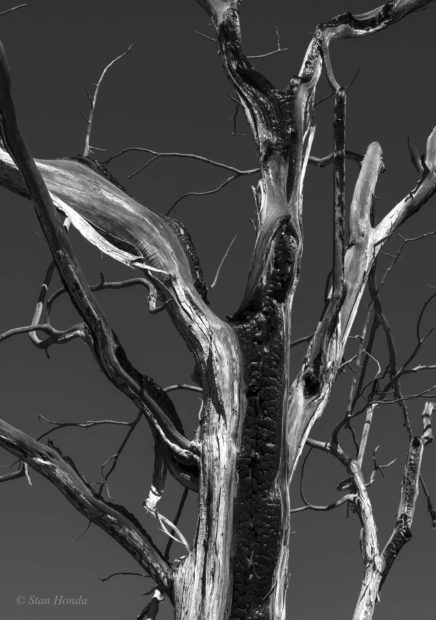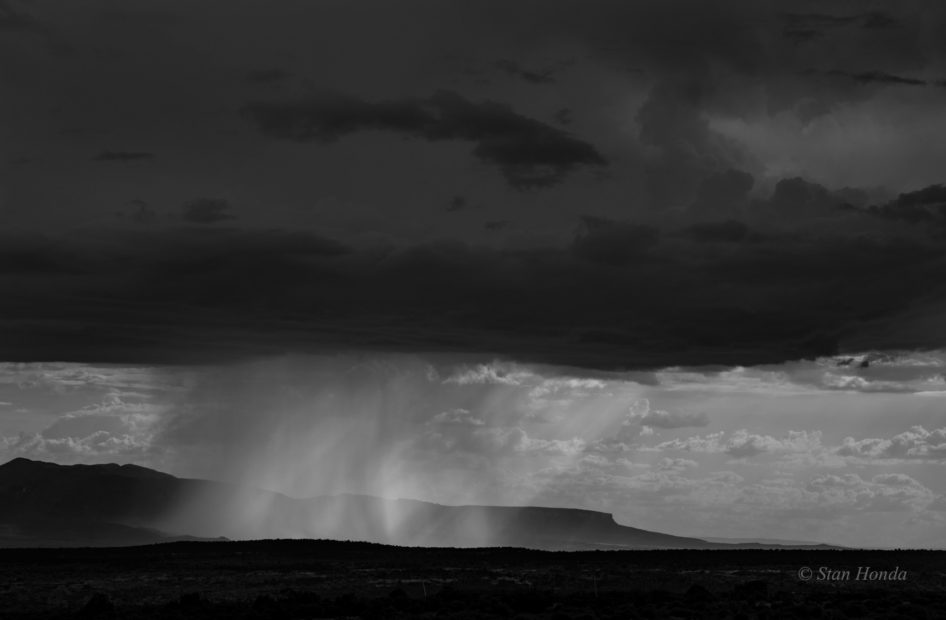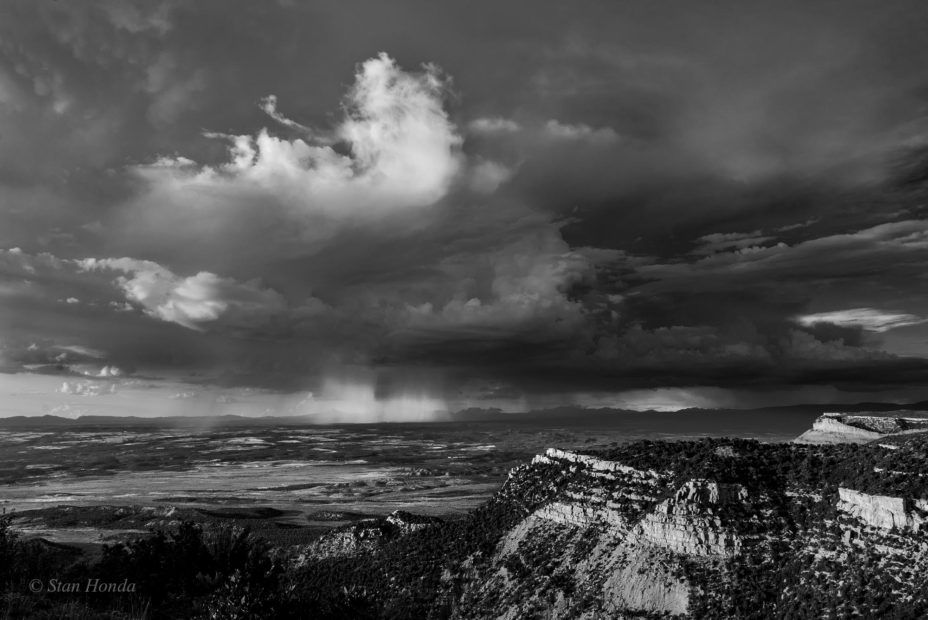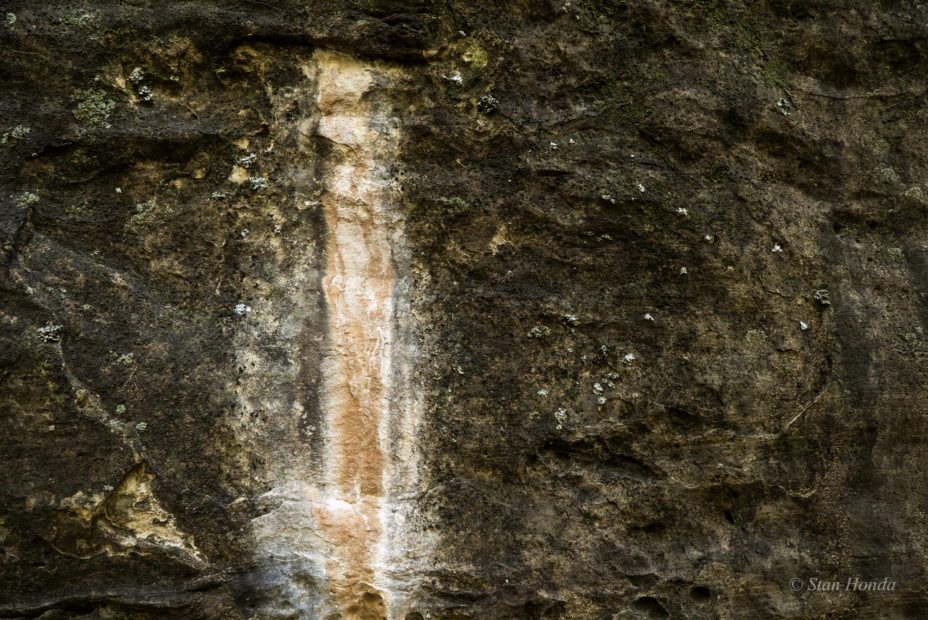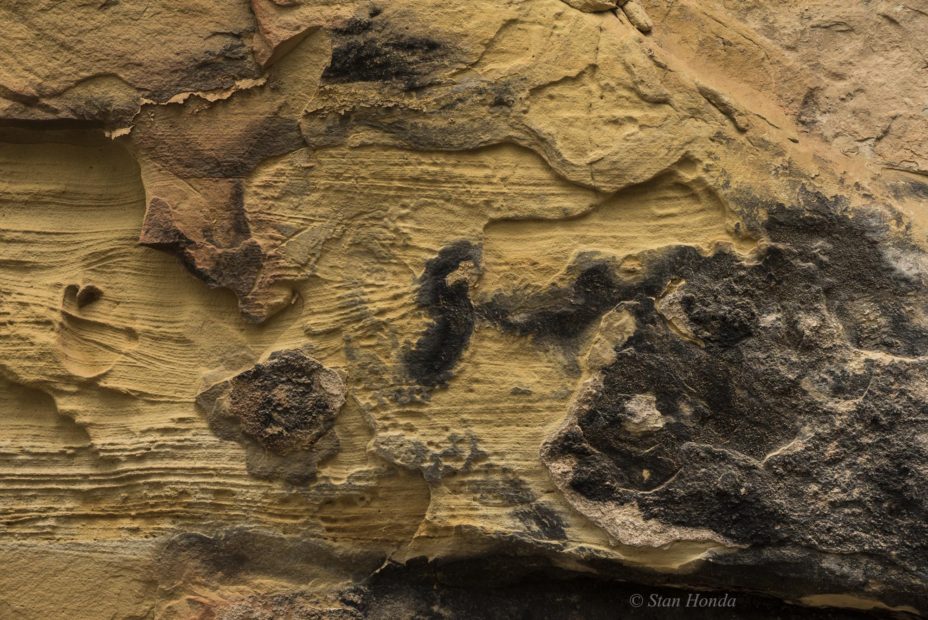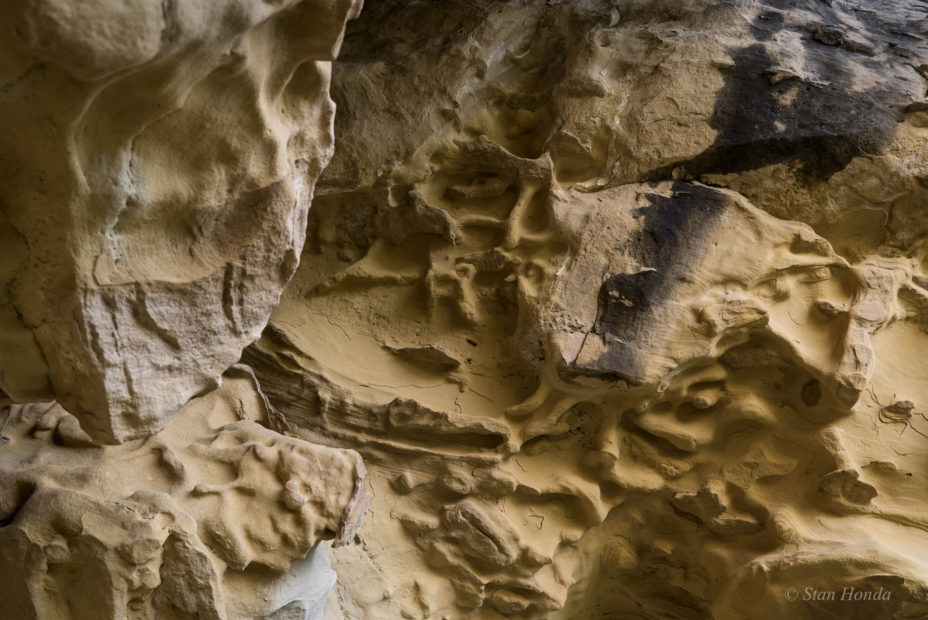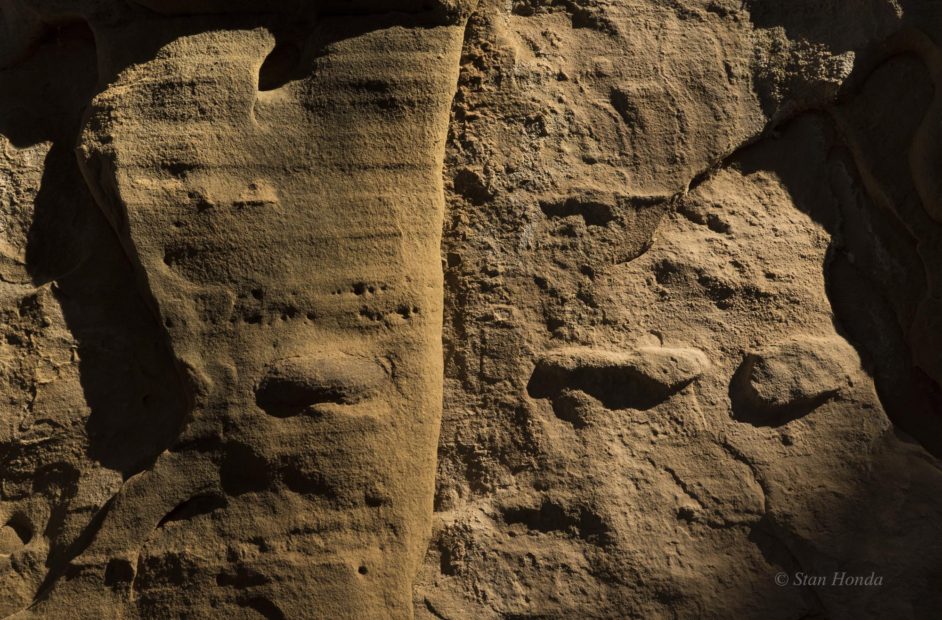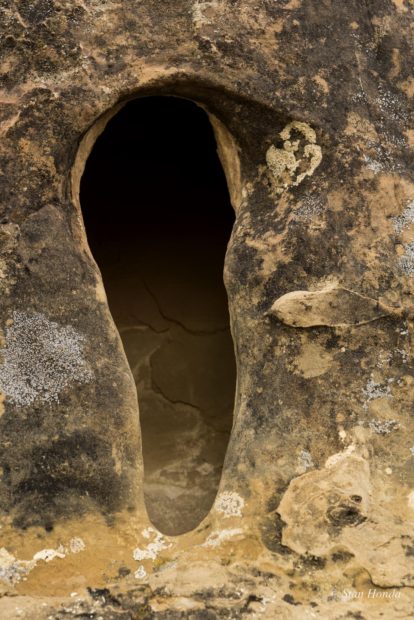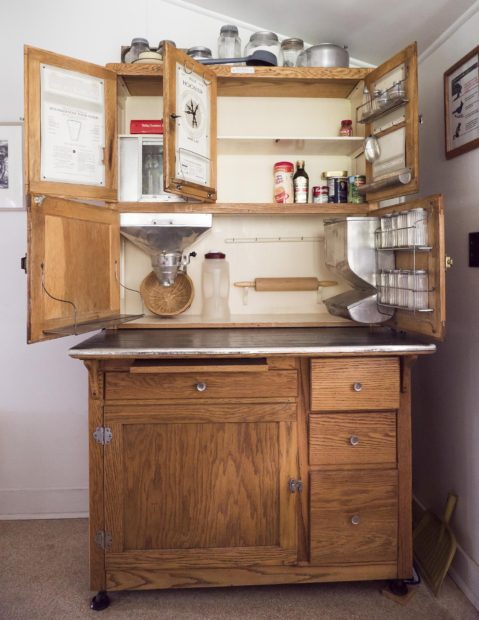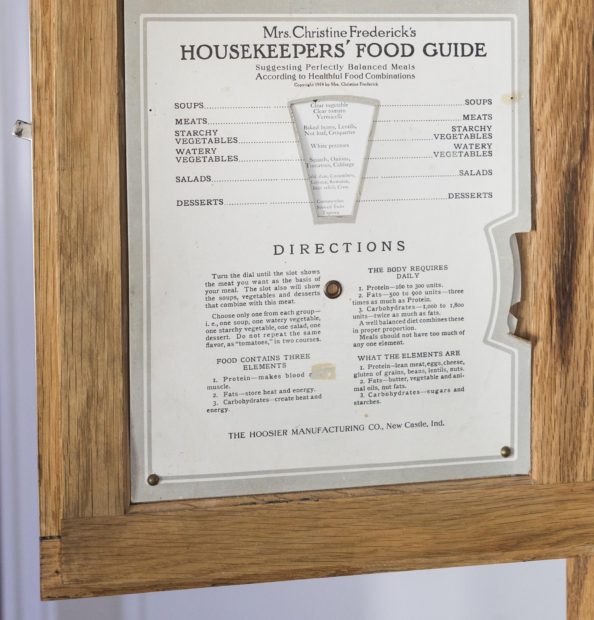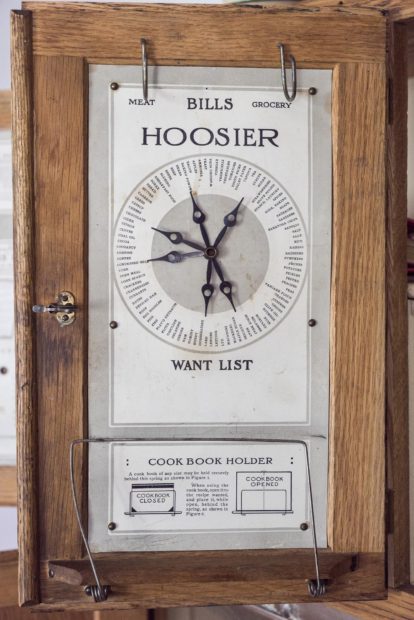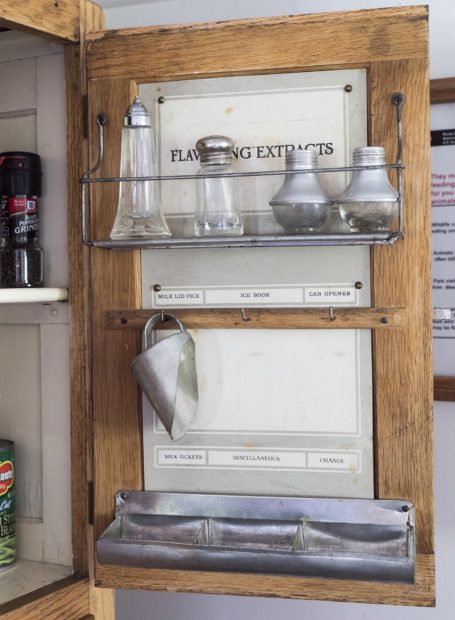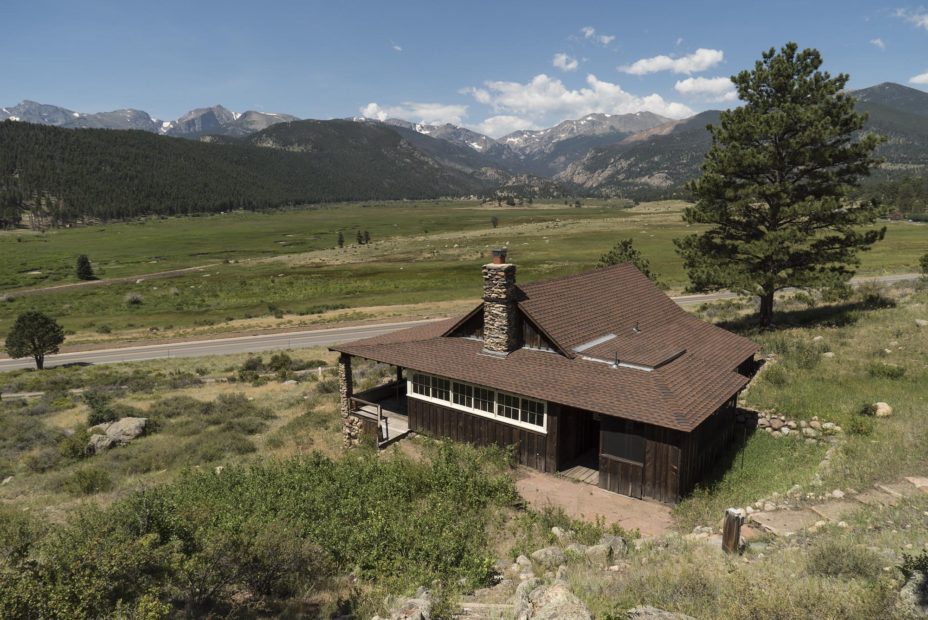Photography tips and links for the upcoming total solar eclipse on Aug. 21, 2017. Follow the blog as Ann and I travel to Madras, Oregon to view the eclipse.
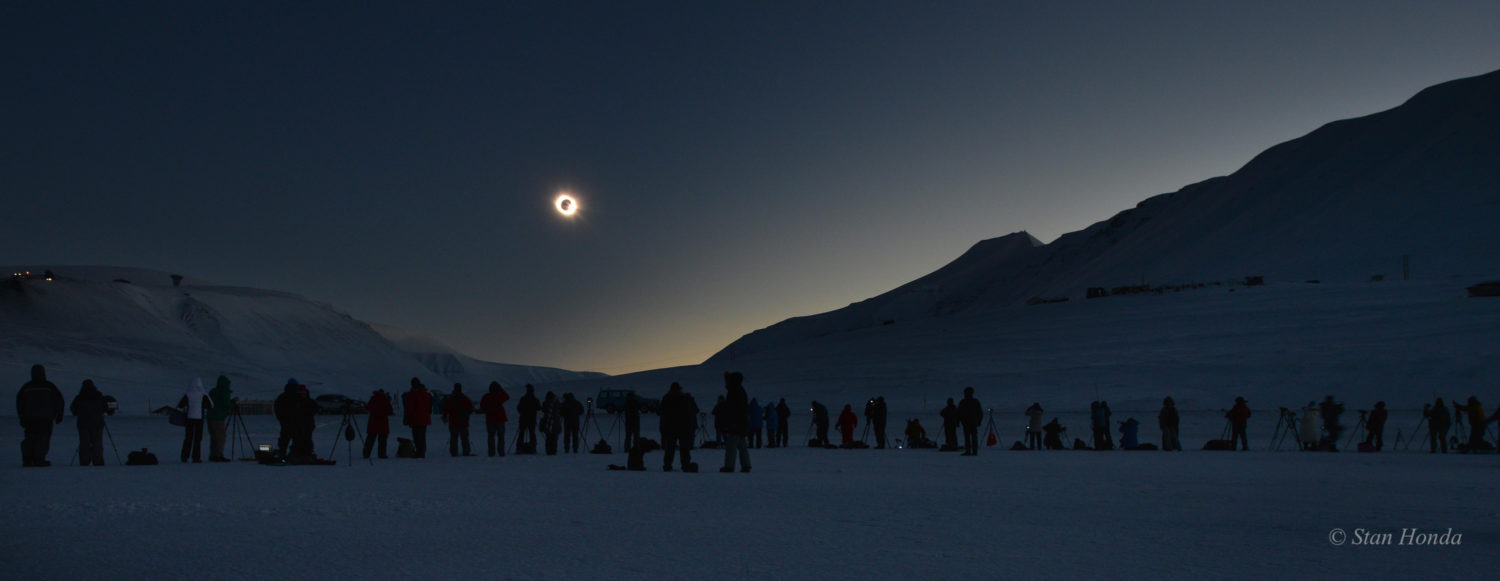
Totality in the Arctic: March 20, 2015, Svalbard. Vernal equinox total solar eclipse.
NationalGeographic.com interviews me and astrophotographer Babek Tafreshi on How to Photograph a Solar Eclipse.
Photos: The 2015 total eclipse in Svlabard
NASA Solar Eclipse Map: Where to see totality
Stan’s tips:
First advice is to take time to look at the eclipse with your eyes. It will be the most surreal and fantastic thing you will ever see. And if you are messing around with the cameras too much, you will kill yourself if you didn’t see much of the totality. Remember to look up and experience it, you won’t regret it. (It is perfectly safe to look during totality without the filters or glasses, you aren’t looking at the surface of the sun, just the outer atmosphere (corona) which is about as bright as the full moon). The total part of the eclipse only lasts between 2 and 2 ½ minutes, so it is quick.
To be safe, get eclipse glasses and if you plan to shoot the partial phase of the eclipse leading up to totality, get a good solar filter. Thousand Oaks Optical has both, order soon to prevent any delays. http://thousandoaksoptical.com/shop/solar-filters/silver-black-polymer-sheets/
On the NASA map in the link at the top of this page, you can zoom in to your location. Between the blues lines you will see a total eclipse. Get as close to the center red line as you can to see the maximum in that area. Outside of the blue lines you see a partial eclipse, so you want to avoid that. Zoom in and click on a town, a box comes up with all the times. It’s in Universal Time, or GMT so you convert to your time zone. Main thing to pay attention to is “Start of total eclipse”.
On the center path, I’m pretty sure all hotels are taken. Best to get to your location early Sunday at the latest, early Saturday if you can. There will be huge crowds and many states are predicting gridlock on highways and especially side roads. If you can camp, that should work or even sleep in your car- which I think lots of people will be doing. If you have friends or relatives near the center line, stay with them. If you can stay inside the blue lines, you’re good in case of heavy traffic Monday. Get up real early Monday (before dawn) if you are driving anywhere.
There are mainly two kinds of eclipse photos- wide and telephoto. The telephoto is the tight shot you see all the time, for the most part every eclipse looks the same shot this way. The wide shot is more interesting since you see details of your surroundings. If you have only the one lens that came with the camera, then use that on the widest focal length setting. The sun will be high in the sky- the box on the NASA Google map also has the altitude (ALT) in degrees. So you can shoot real wide horizontally, or less wide vertically. You can do a test by seeing what lens focal length you need to also get the ground in the shot. Go out just before noon or around 2pm and see if the sun and the landscape fit into your viewfinder. Unfortunately the wider you go, the smaller the sun gets. But the sight in the sky is so spectacular, it won’t really matter. Plus if you don’t get the landscape, that’s ok, you’ll probably get some trees or people in the photo.
Don’t try to changes lenses during the totality!! There isn’t enough time and you will miss quite a bit of the eclipse. Just stick with one lens and take in the whole experience.
Exposure can be tricky. I did one total eclipse, in March 2015 in Svalbard, which is north of Norway, way above the Arctic Circle. Very wild. I shot the whole eclipse, from start to finish. That includes the partial phase which lasts about 1 hour on each side of totality. I used safe solar filters on a telephoto and wide angle and later did a time-lapse sequence still image of the whole thing. You definitely need the solar filter if you are planning to shoot before and after totality. With the sheets I recommended, you can cut them to the diameter of your lens and use tape to hold it in place. Make sure you can remove it quickly, you’ll have to do that right at totality.
You might want to concentrate on just the totality. Then you can get shots of the people around you before and after and enjoy the partial phases of the eclipse with the solar glasses. If you want just the totality, put the camera on the Manual mode a few minutes before (people will tell you when it is getting close), set the camera at ISO 400, f8, 1/500 second. Take a couple at that setting (you don’t need a filter for totality). Then slow down the shutter speeds to 1/125, 1/60, 1/30 and 1/15 sec. You should have the camera on a tripod. Then you can go as slow as 1/8 sec. Take a couple at each setting. It will get very dark, you may have to turn on the light in the camera to see the settings. Try all of this at night to see if you can see everything. But also make sure to look up at the eclipse when it happens!
Most of all, have fun and enjoy the experience.


